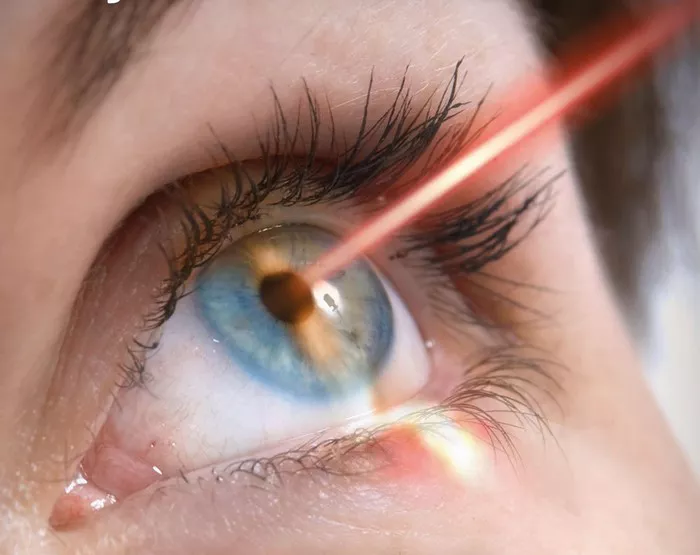In cases where your canine companion experiences eye-related issues, a common concern may be cherry eye, a condition characterized by the prolapse or extension of the dog’s eyelid gland. This occurrence presents as a noticeable red lump at the eye’s corner and can affect one or both eyes, with the potential for recurrence. Fortunately, surgical intervention proves effective in resolving cherry eye, offering a solution to concerned pet owners.
Certain breeds exhibit a higher predisposition to cherry eye, possibly due to weaker attachments within the eye that regulate proper eyelid positioning. Breeds such as Cocker Spaniels, Bulldogs, Beagles, and Shih Tzu, especially those with flatter faces, may be more susceptible. While not a guarantee for every dog of these breeds, vigilance in monitoring eye health is essential.
Diagnosing cherry eye typically involves a physical examination by a veterinarian, leading to the recommendation of eyelid gland replacement surgery. Addressing the issue promptly is crucial, as the eyelids play a vital role in maintaining proper eye lubrication through tear production.
The cost of cherry eye surgery varies based on factors such as the number of eyes affected and the severity of the condition. Expenses range from $300 to $1,800, with the dog’s size, age, and overall health also influencing the treatment plan and associated costs. Recovery time and follow-up visits contribute to the overall financial considerations.
Pet insurance coverage for cherry eye surgery varies among plans, with factors like breed-specific risks and hereditary considerations impacting eligibility. It’s imperative for pet owners to review their insurance plan details, specifically regarding cherry eye as a hereditary condition or a pre-existing concern.
While cherry eye is not life-threatening, it can impact a dog’s vision and eye lubrication. Timely veterinary attention is advised, with surgery often being the preferred treatment. Successful surgeries typically resolve cherry eye, though some cases may necessitate multiple procedures. After experiencing cherry eye, vigilant monitoring of both eyes becomes crucial, as the condition may recur.
Post-surgery, veterinarians often require dogs to remain under observation for a period, ensuring a smooth recovery from anesthesia. Recovery care instructions are provided, and follow-up check-ups are scheduled to assess the healing process. Pet owners should consider these additional visits, as they may not be included in the initial surgical cost.
Prompt treatment of cherry eye is essential to prevent potential worsening of the condition. Beyond discomfort, untreated cases may interfere with proper eyelid use, leading to scratching and the risk of eye infections. Pet owners are encouraged to prioritize their dog’s eye health and seek veterinary guidance for optimal care.


